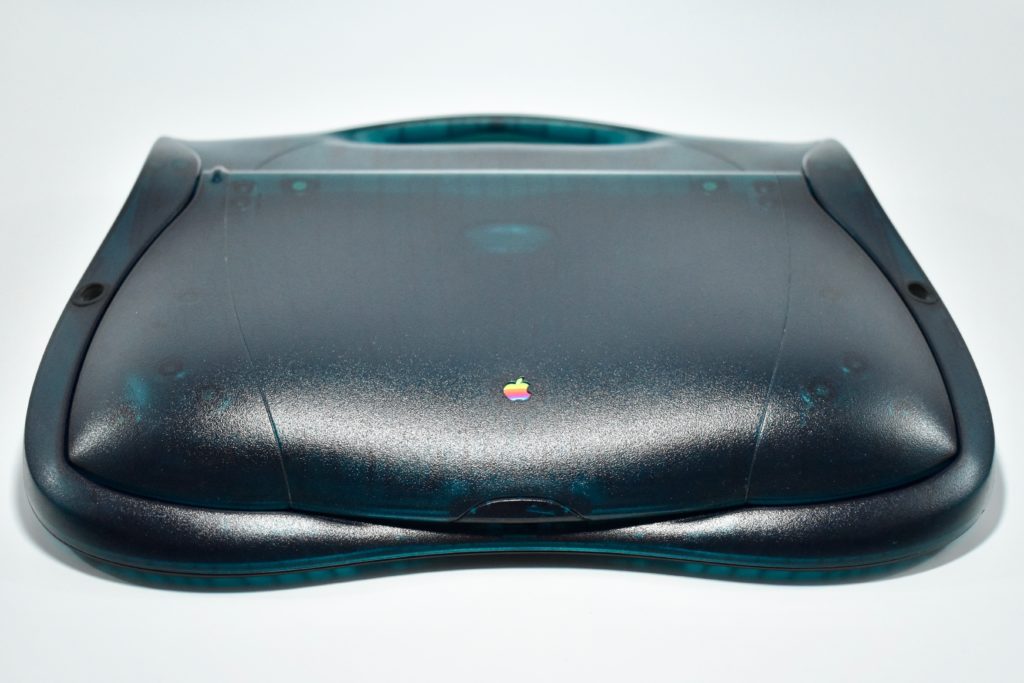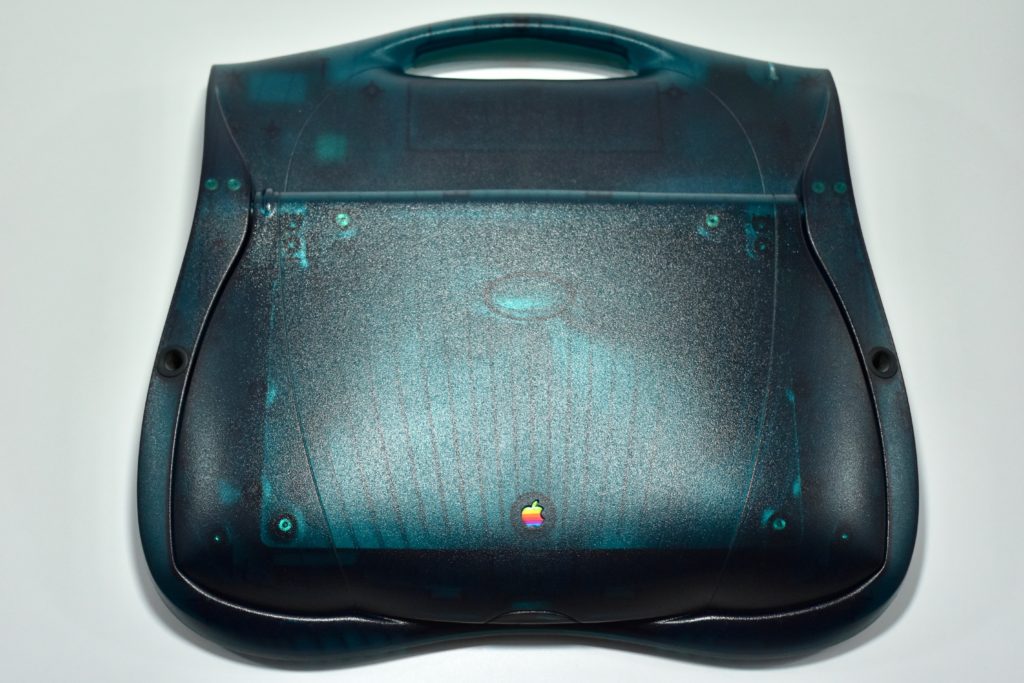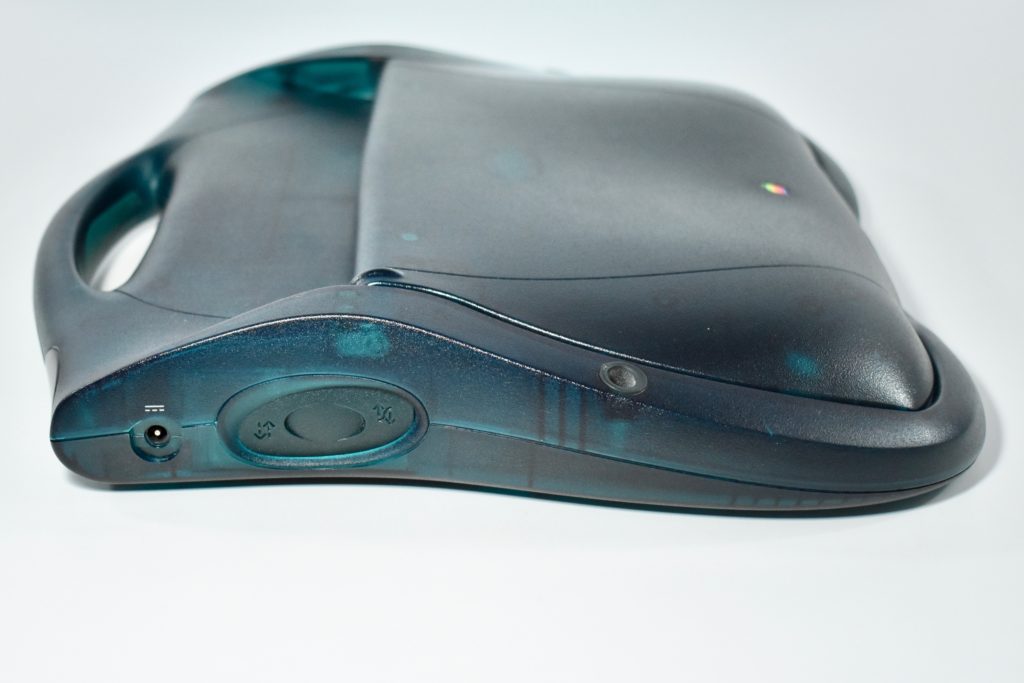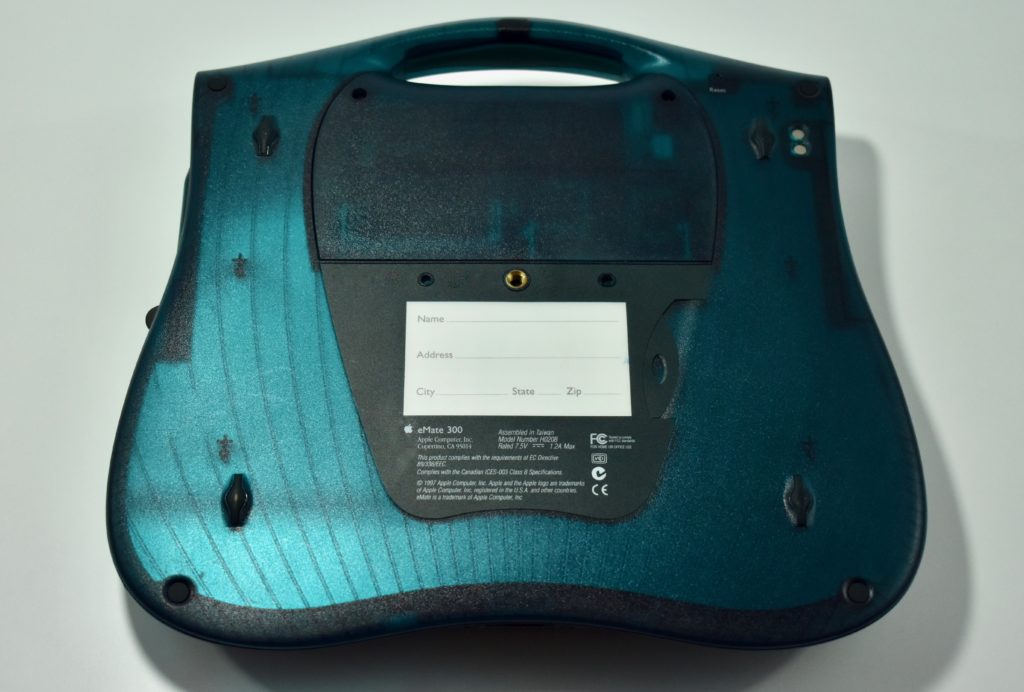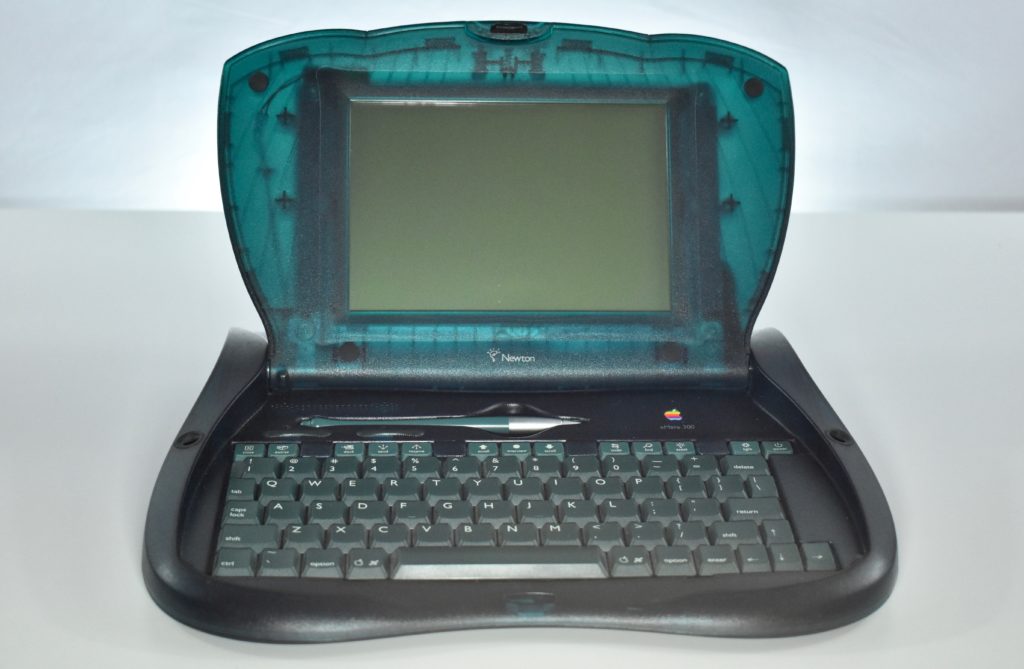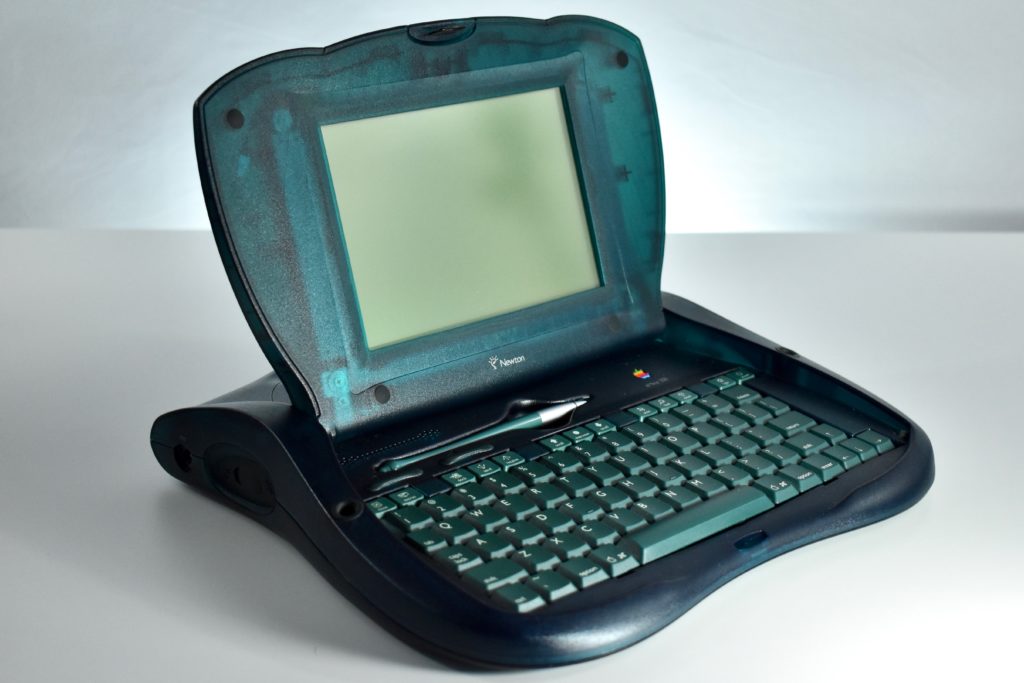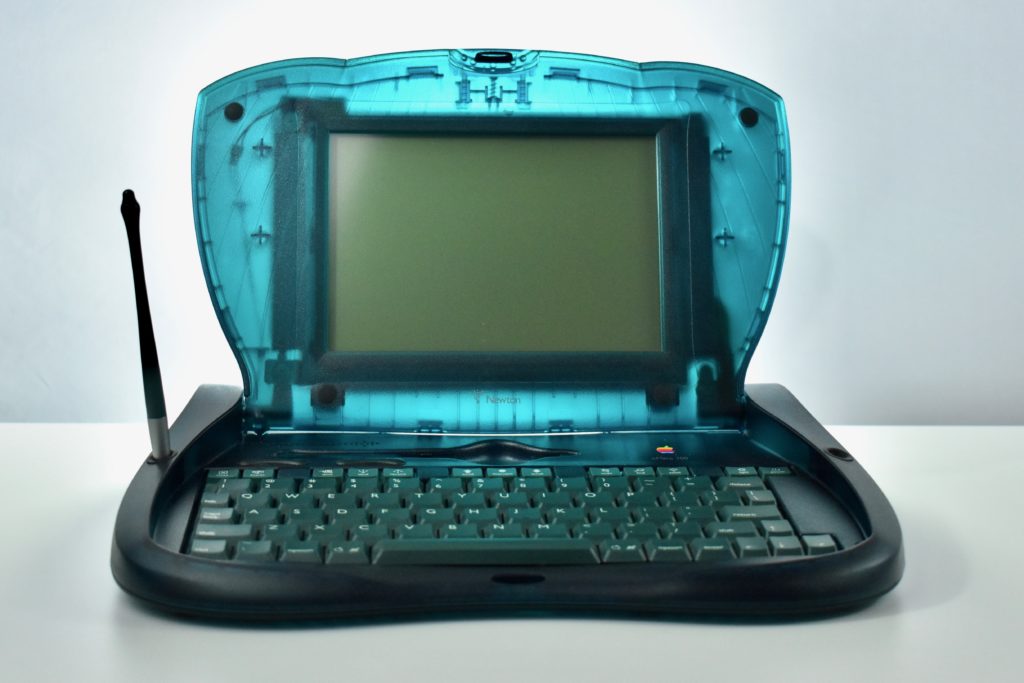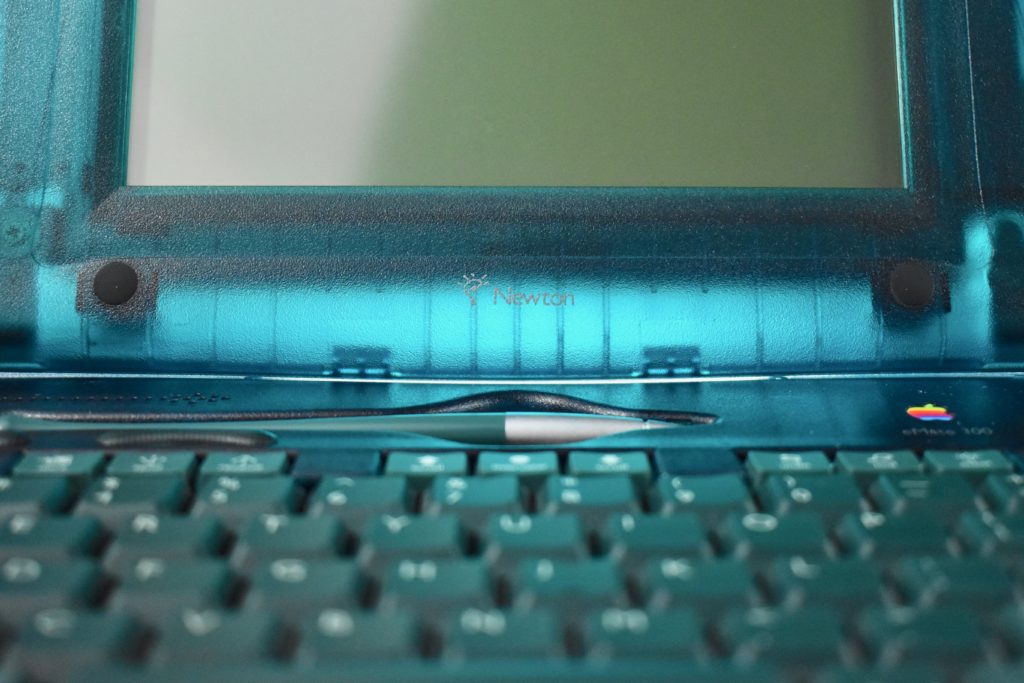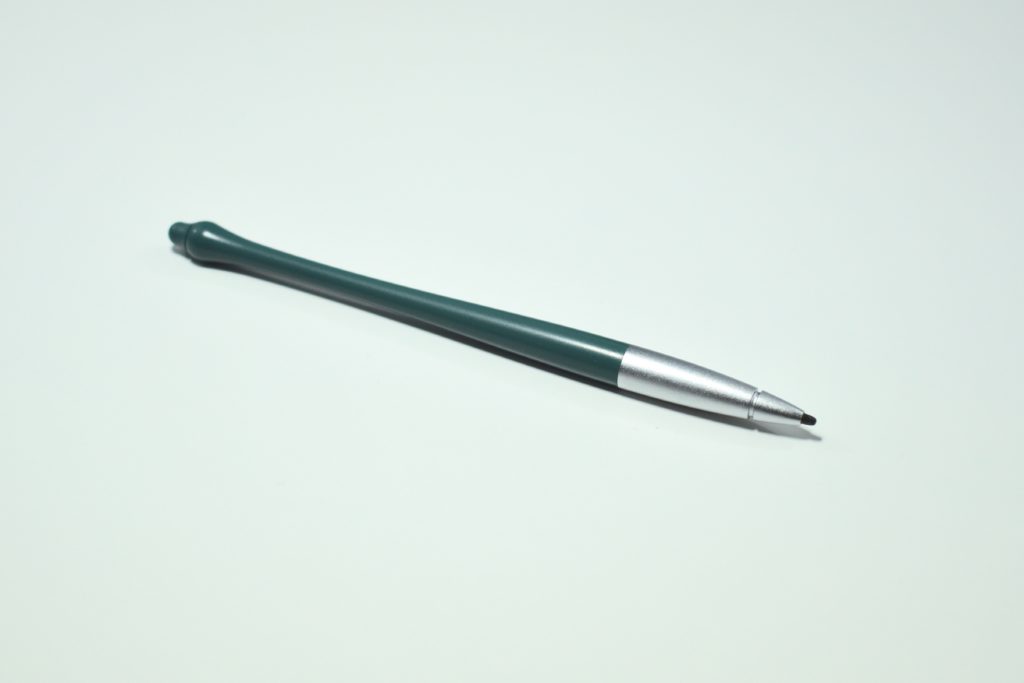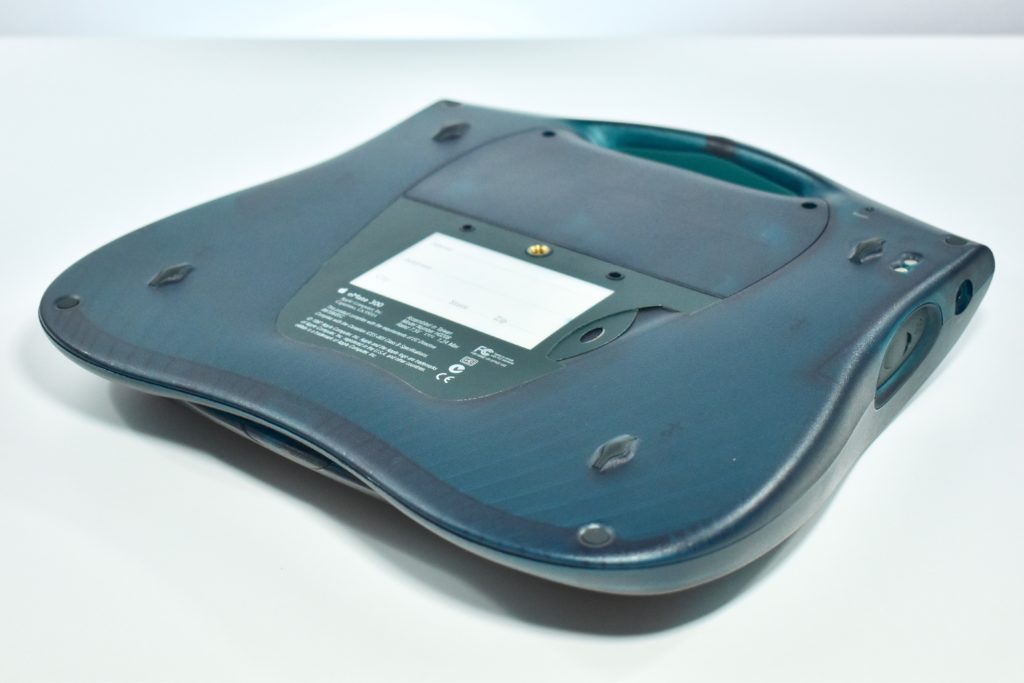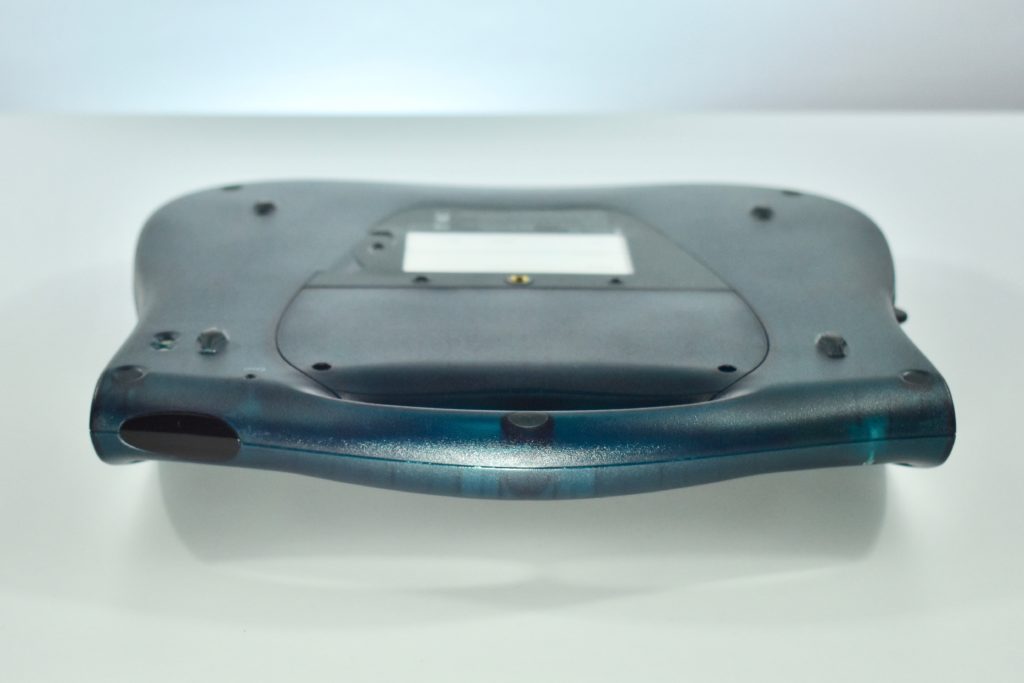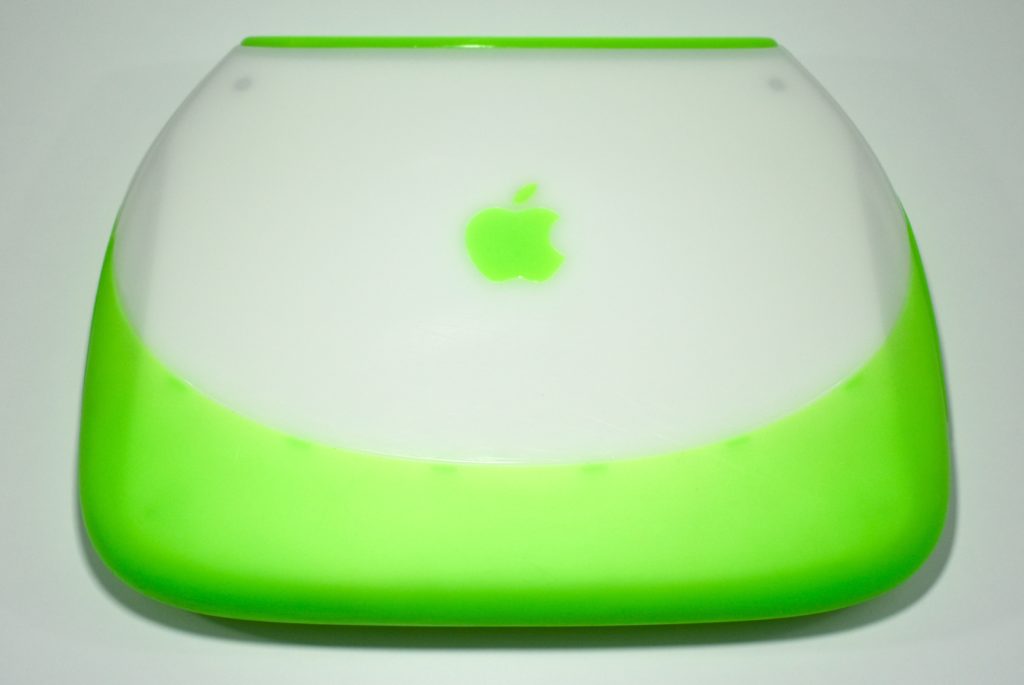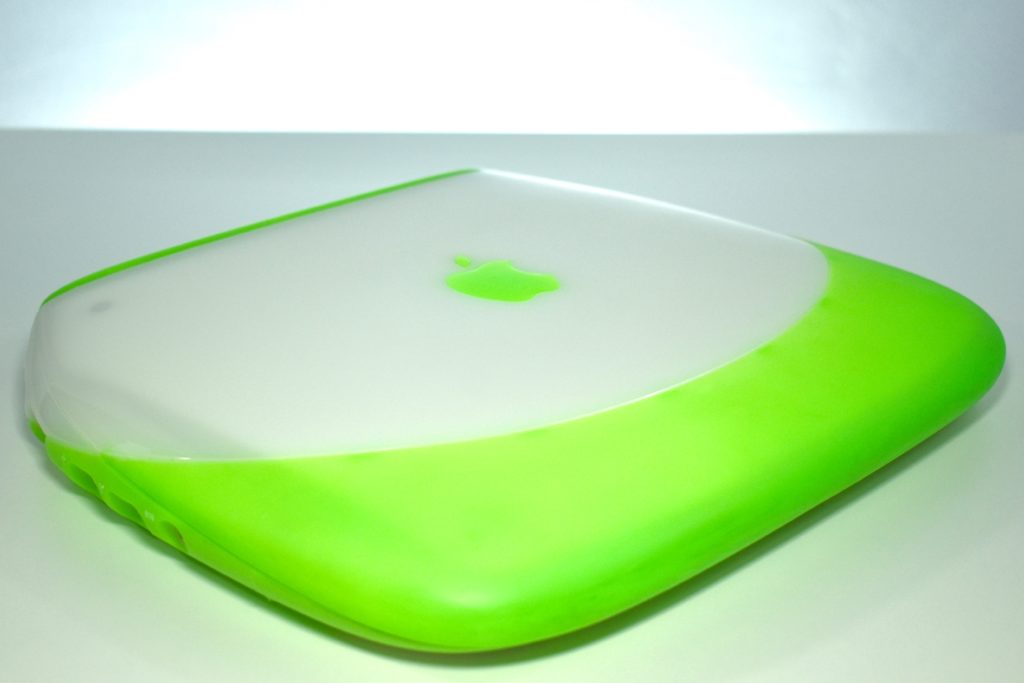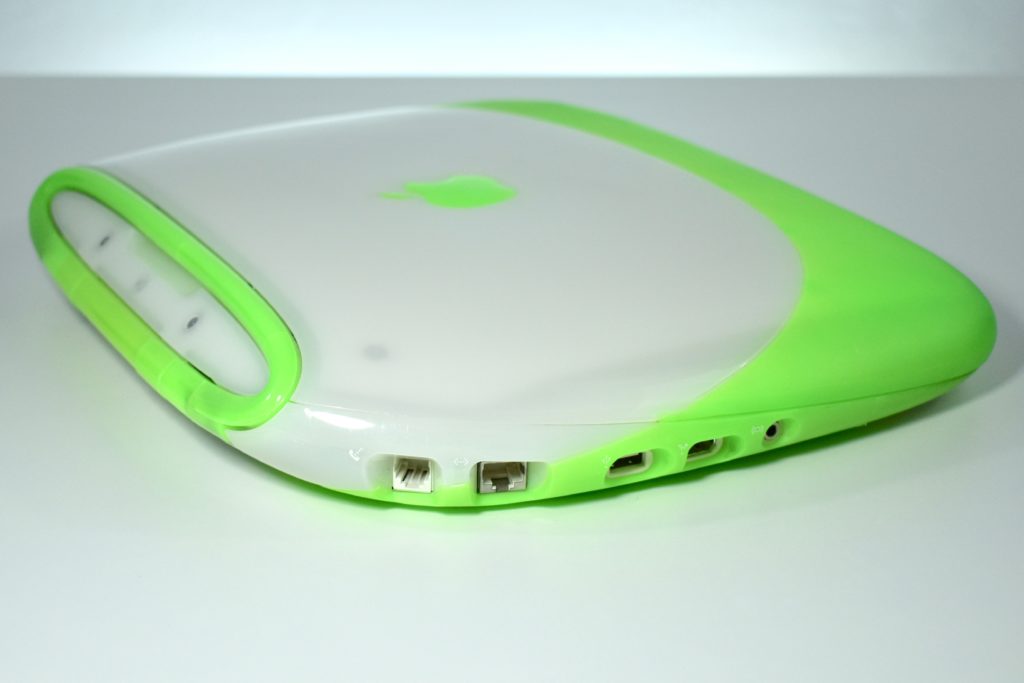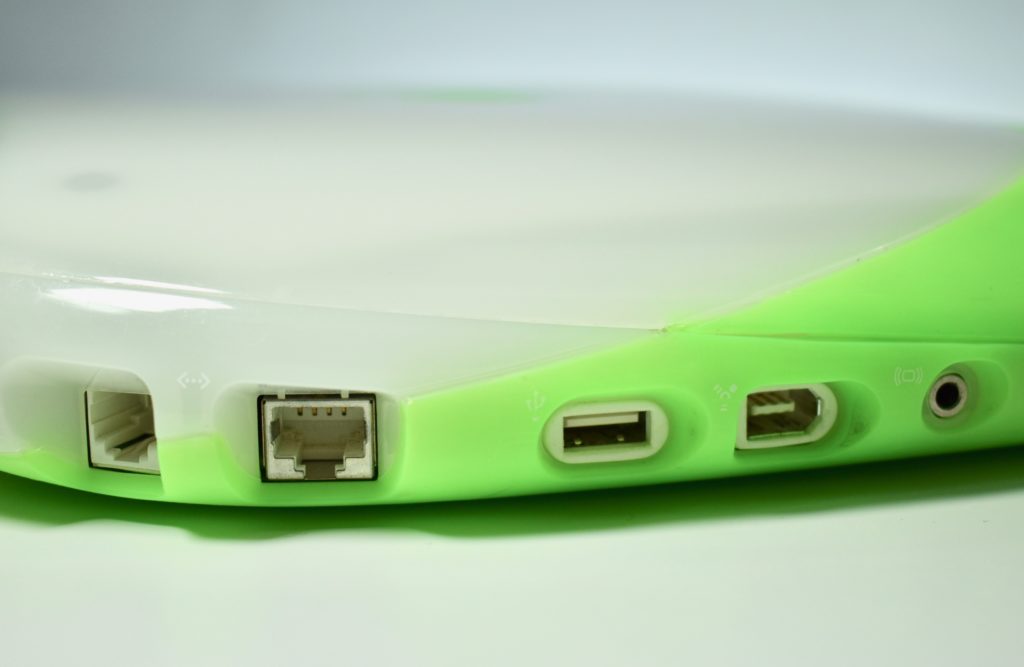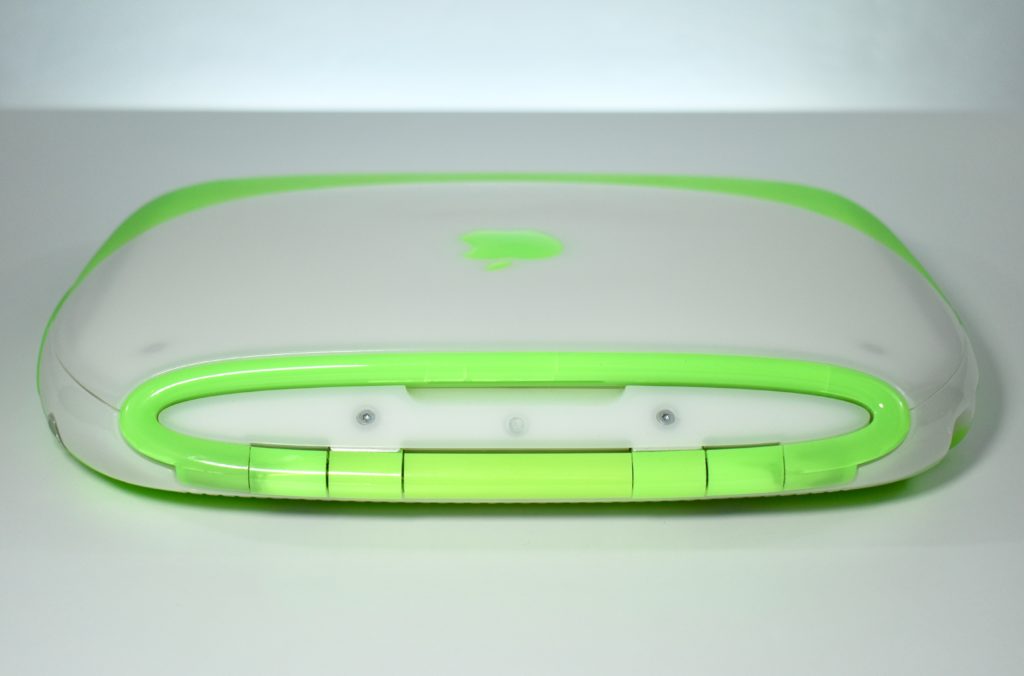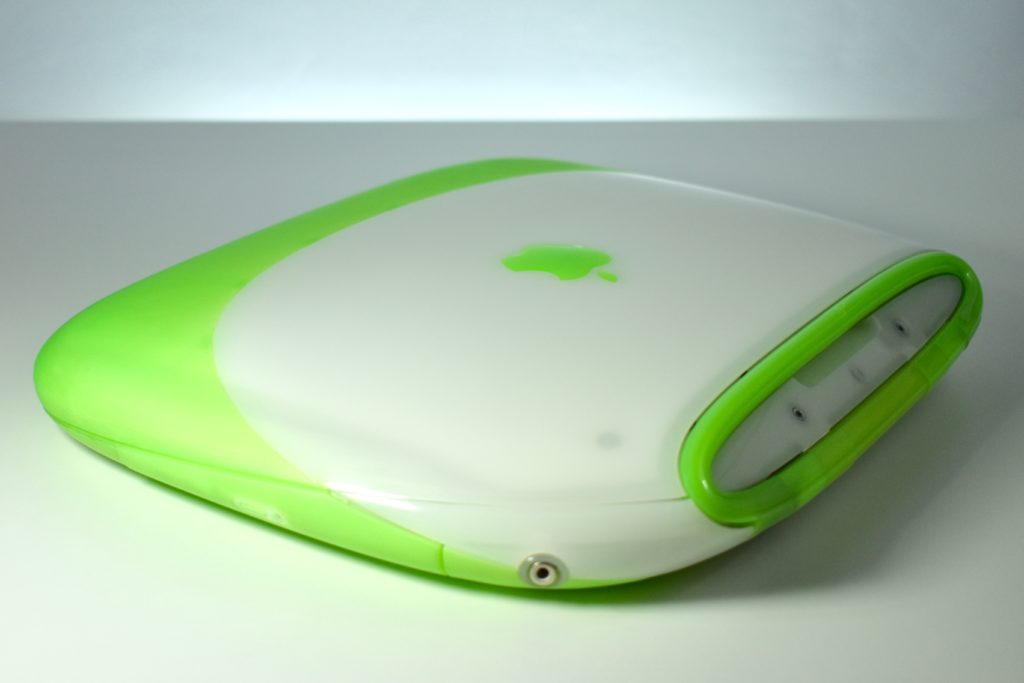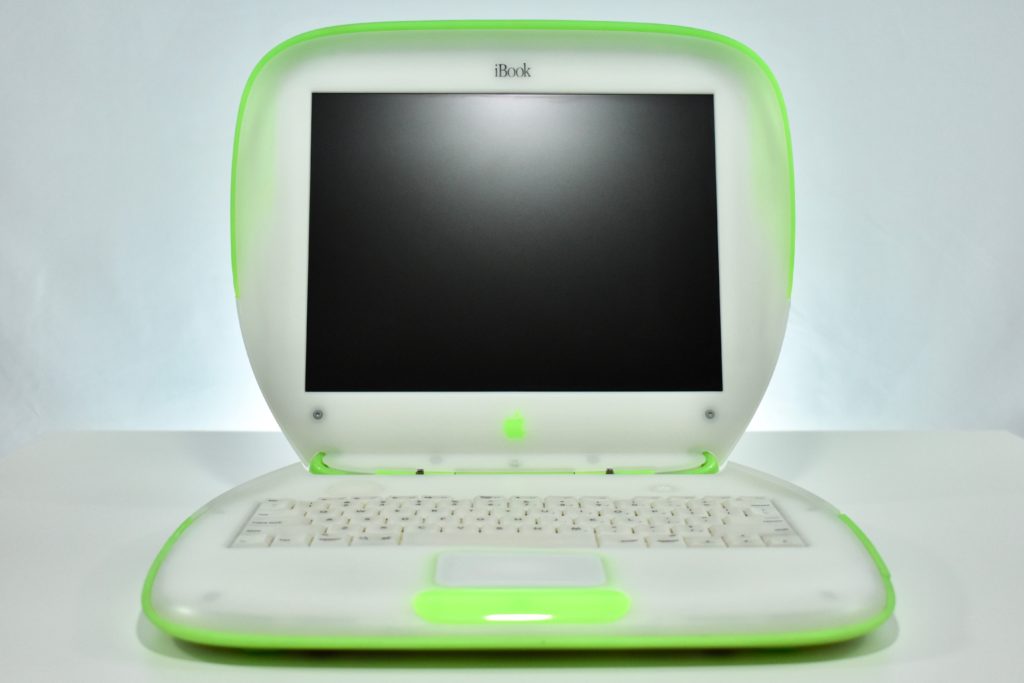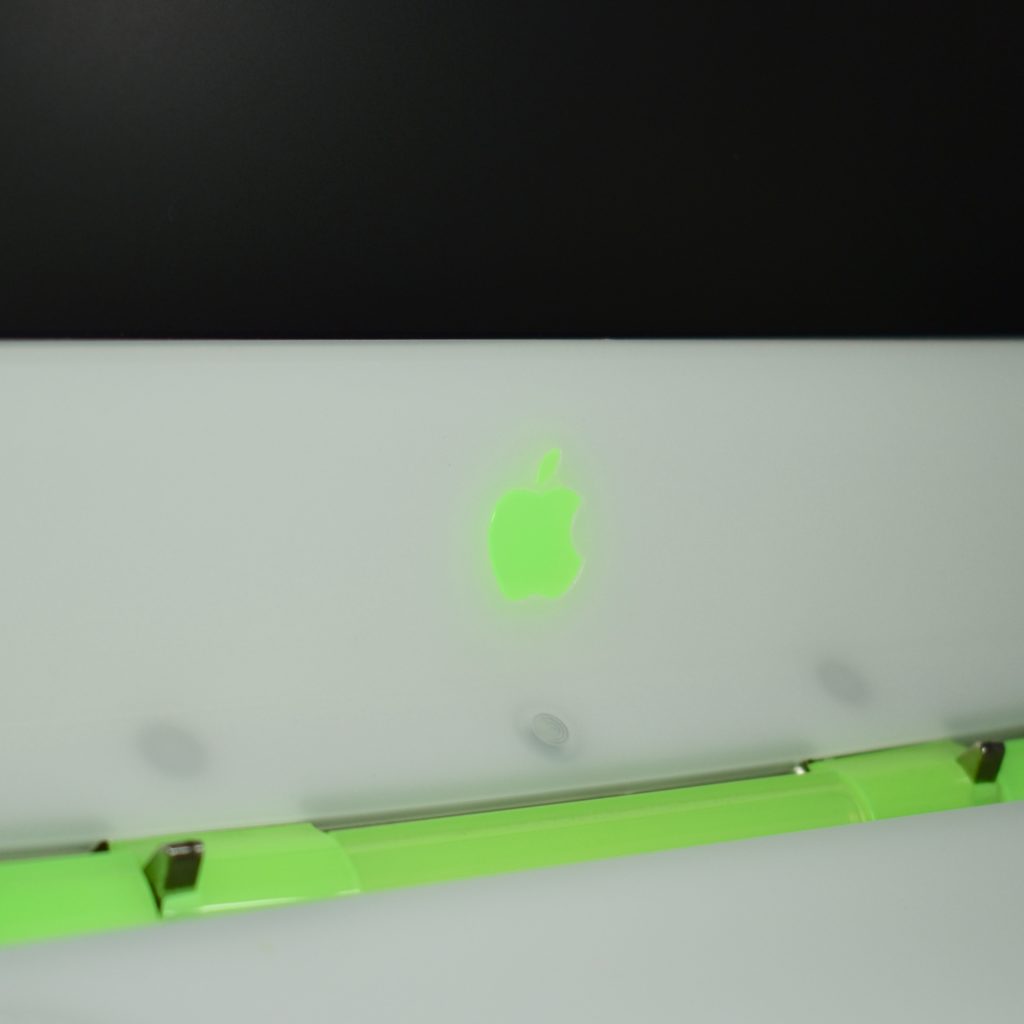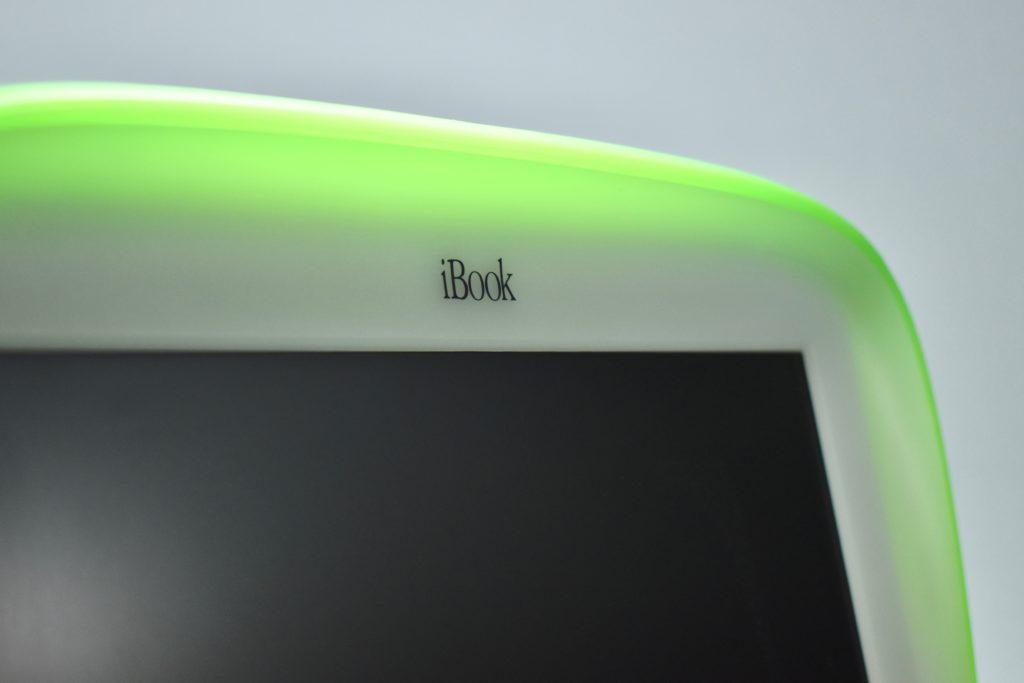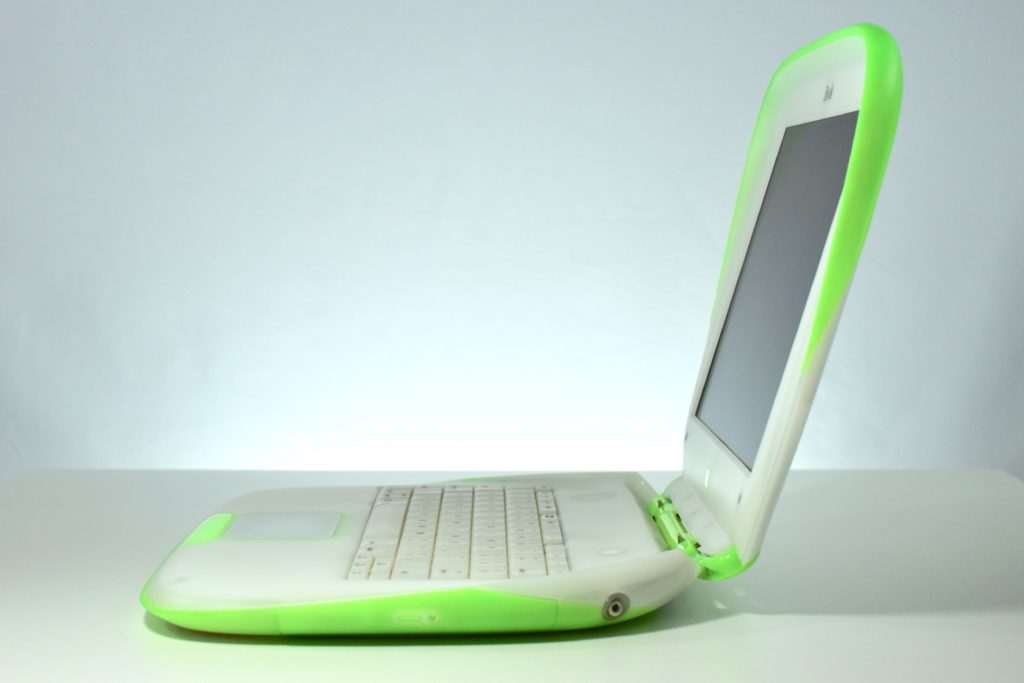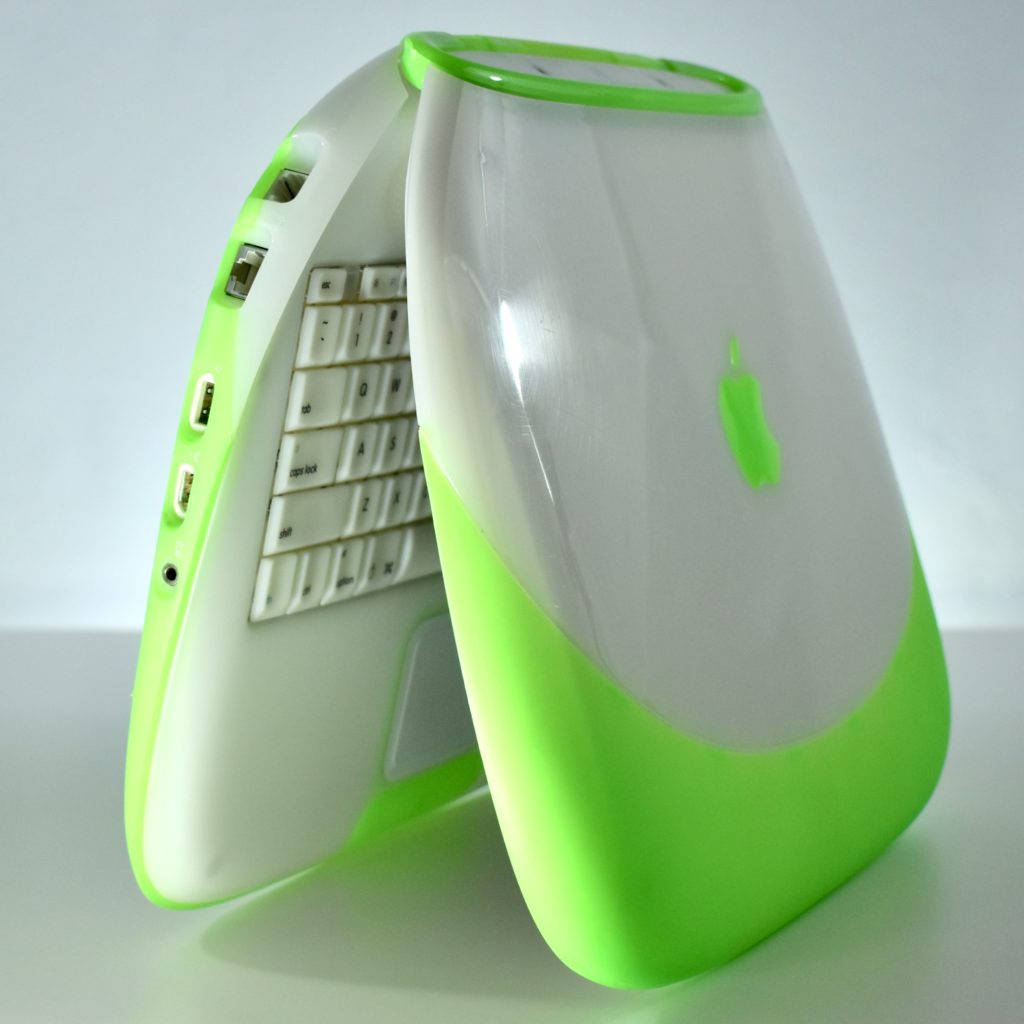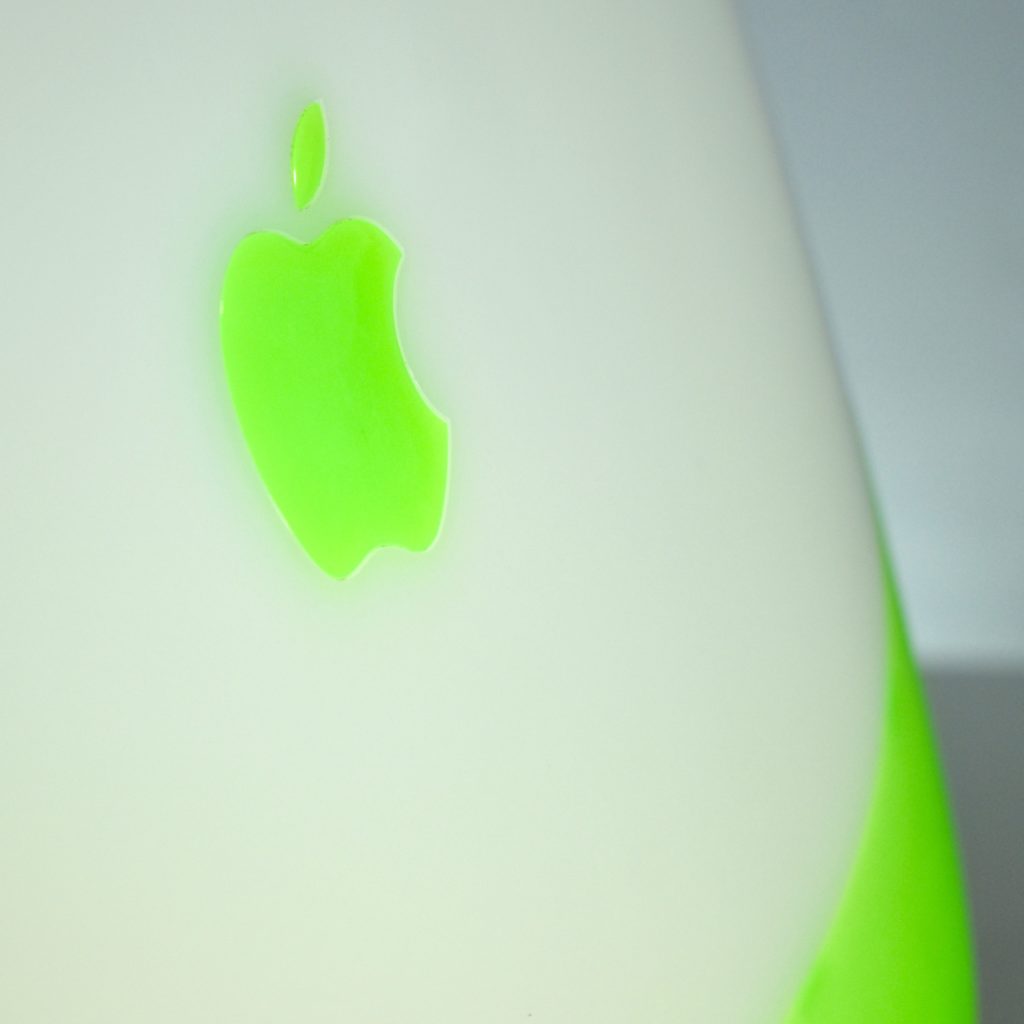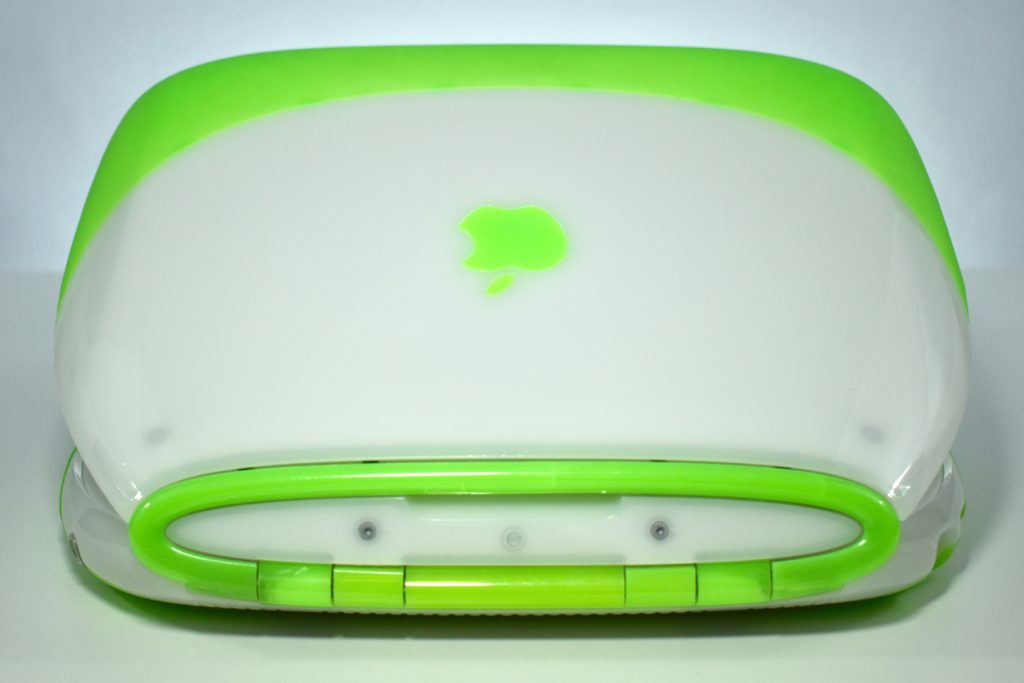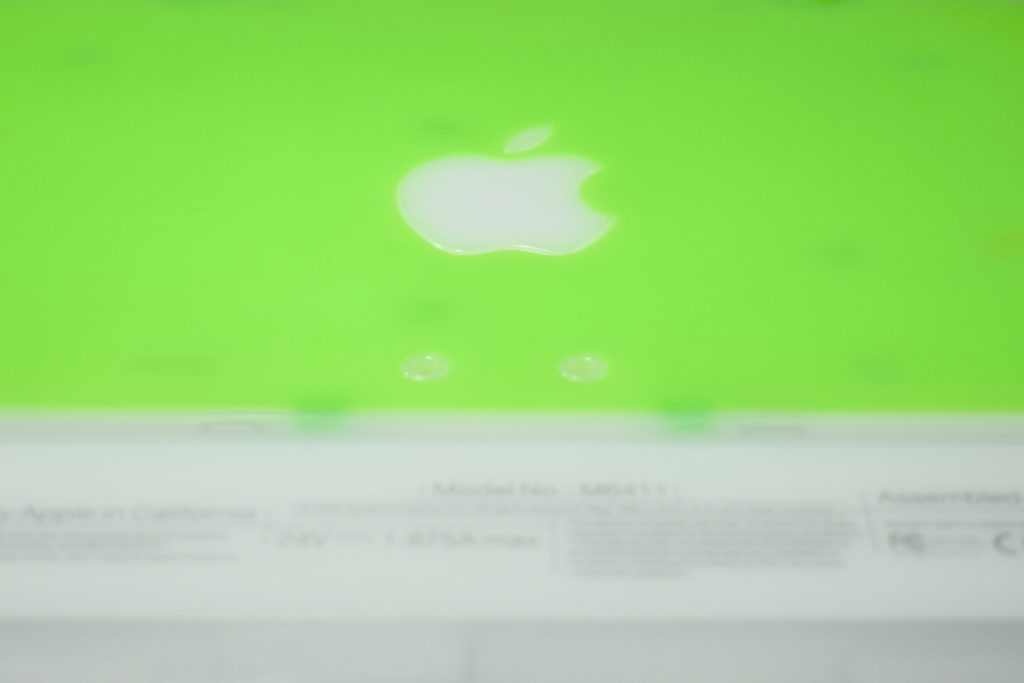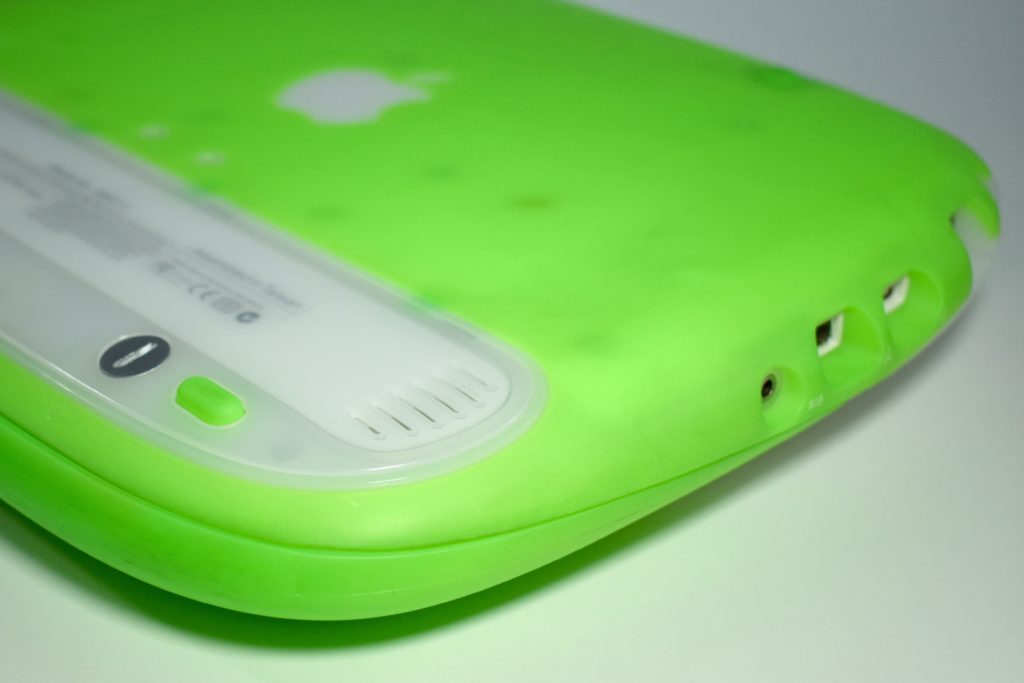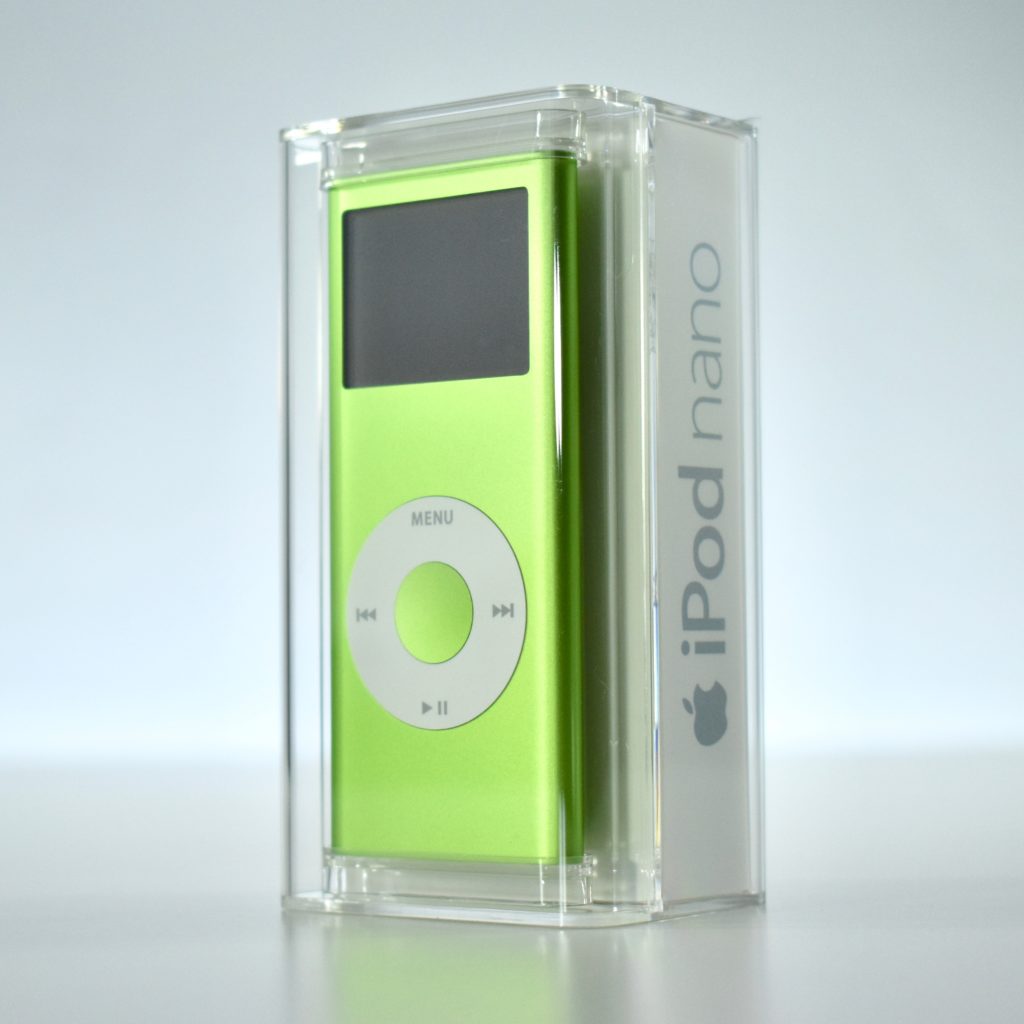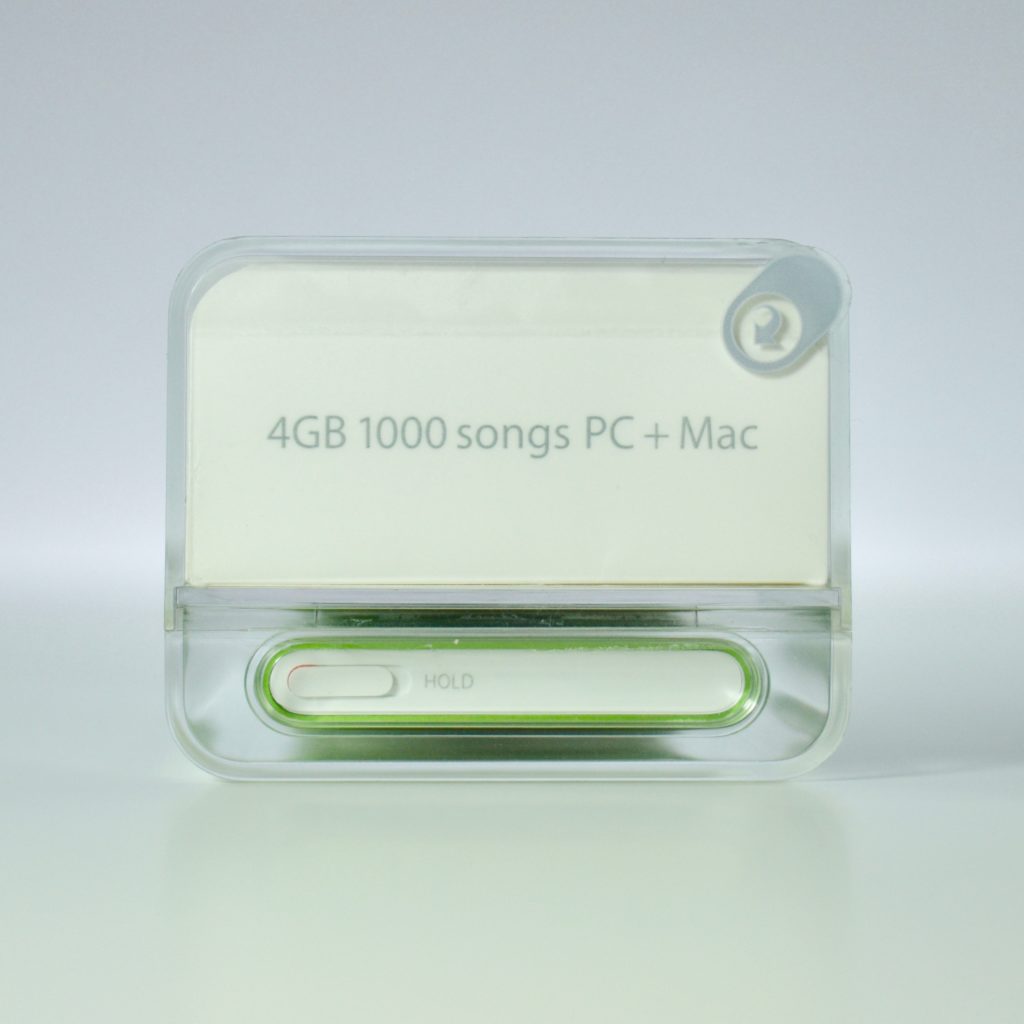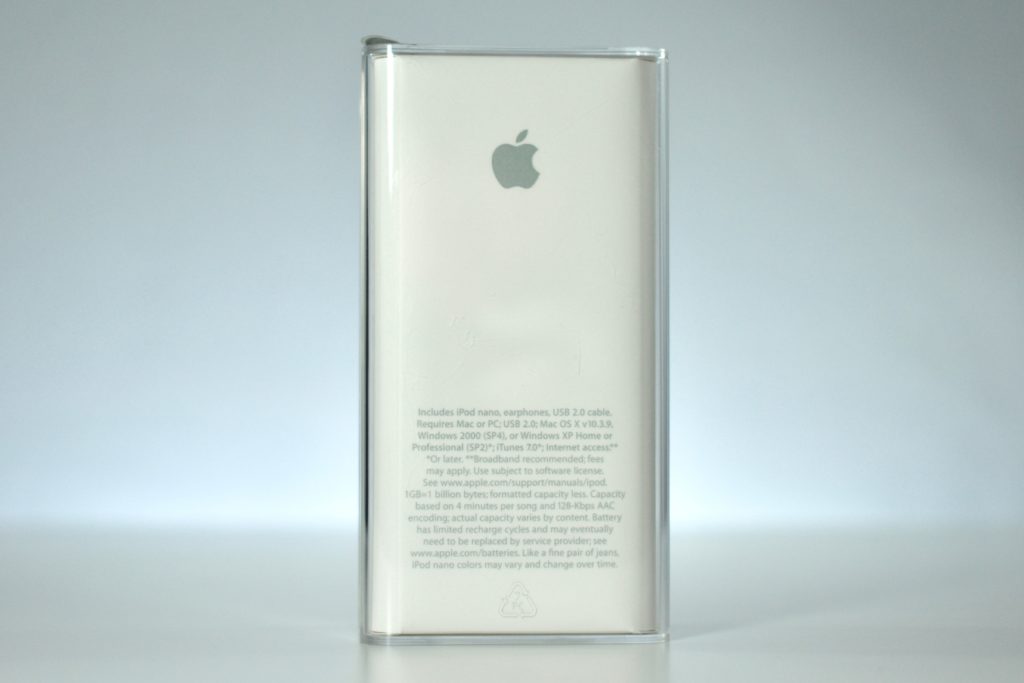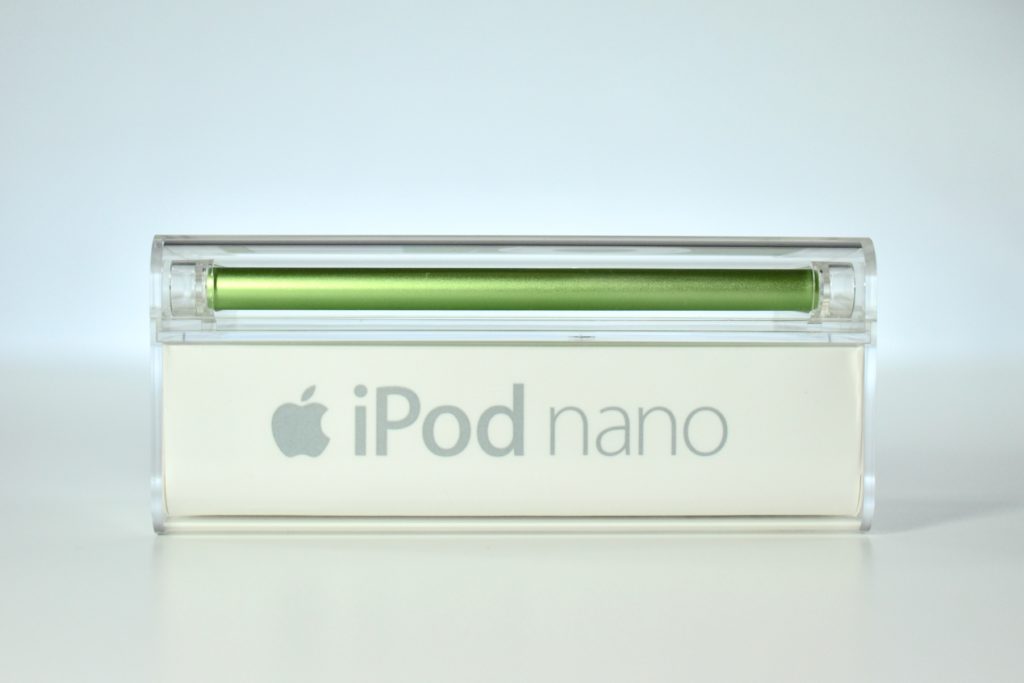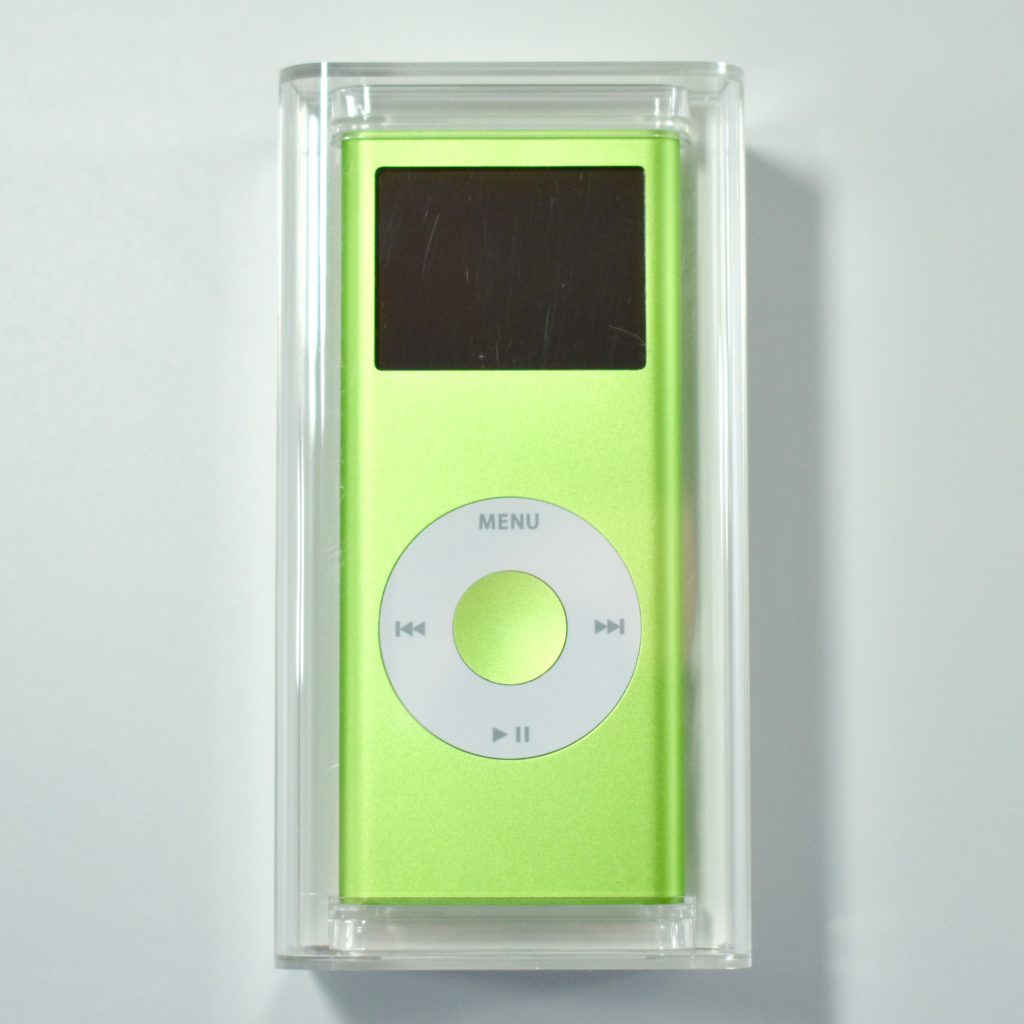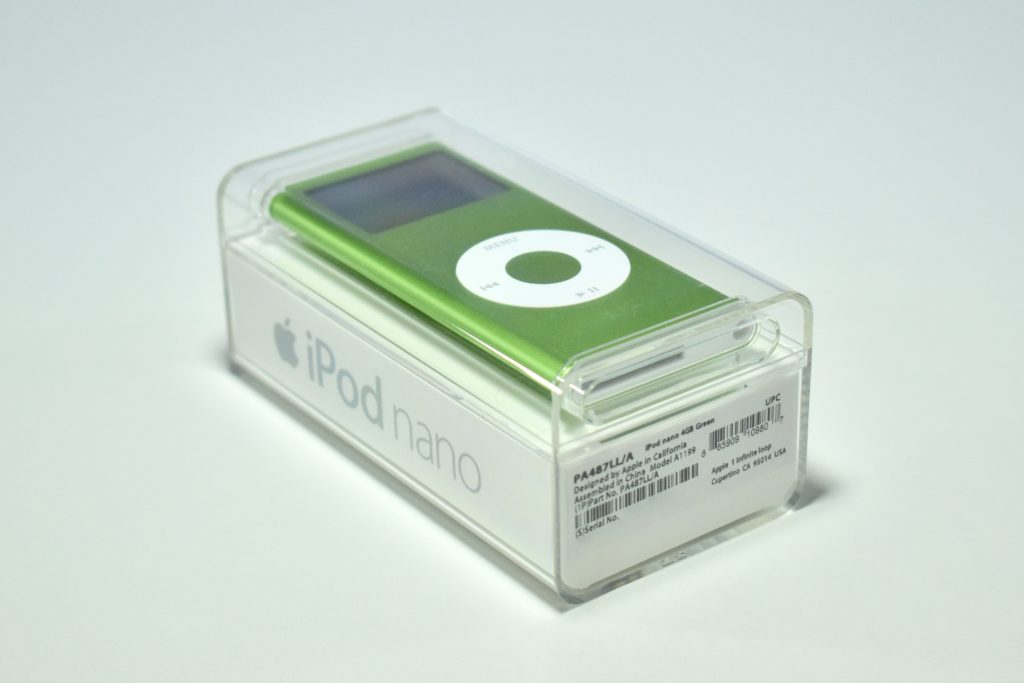The eMate 300 was designed specifically for the education market and was used extensively in the schools where I was a Director of Technology in the late 1990s to early 2000s.
At the time, students primarily used desktop computers in a computer lab setting, while laptops were used by some school administrators and few teachers. We used the lower-cost eMate 300 for students who had difficulty handwriting, and most students and teachers preferred typing on this device over an AlphaSmart keyboard device that was also available at the time.
The eMate 300 ran the NewtonOS, a different operating system than the Macintosh computers of the time. The eMate 300 featured a 25 MHz ARM 710a processor, 8 MB of ROM, 3 MB of RAM (1MB of DRAM+2 MB of Flash Memory for user storage), a PCMCIA slot, IrDA-beaming capabilities, and a proprietary Newton InterConnect port.
The design was quite unique with a translucent aquamarine and black “clamshell” portable case with a 480×320 16-shade grayscale backlit LCD display. The eMate 300 included a stylus and a built-in keyboard (and did not support a mouse).
The eMate was the only Newton model to resemble a traditional laptop rather than a handheld device. Although the device was called the eMate “300,” no other models were manufactured.
eMate 300 design elements were clearly used in later Apple designs: the translucent plastic would show up a year later in the original Bondi blue iMac and later in the original iBook designs; the retro-futuristic curves and overall shape was also echoed in the iMac and iBook; and the NewtonOS is often considered a precursor to the iPhoneOS that would later become iOS.
My collection features several eMate 300 devices, many of them including original packaging.
Source: EveryMac.com

